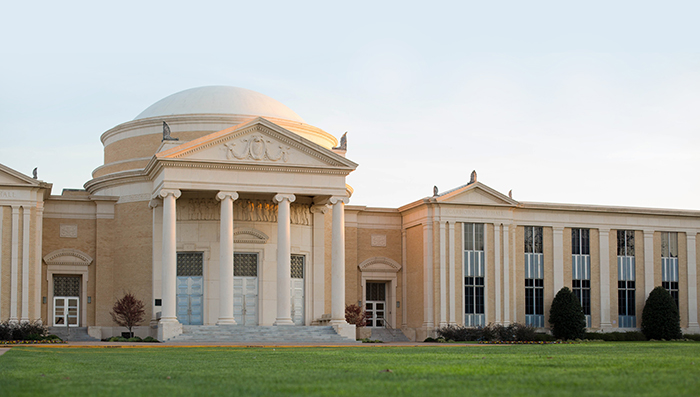How to use cowboy wisdom for roping and retaining readers’ attention

Editor’s note: this article appears in the Fall 2022 issue of Southwestern News.
Cowboys drove 14 million head of longhorn cattle from Texas to railroad towns between 1867-1887. The first major trail was the 1,000-mile Chisholm Trail through Fort Worth. Like cowboys herding cattle to market, Christian writers and speakers can move their ideas up the trail to people who need them.
Four images from the Chisholm Trail can help you make people remember your point:
1. Use the chuck wagon wheel. Writers and speakers communicate ideas, but important universal ideas are typically abstract—ideas people can’t see, touch, taste, hear, or smell. So, gain traction with your readers by using specifics to ground your ideas. Try using examples, a particular instance, numbers, quotes, testimonies, comparisons, or even a metaphor. For example, if you were writing about dangers on the Chisholm Trail, you could use a specific danger, perhaps stampedes. Stampedes started when cattle were startled by thunder, lightning, or even a cowboy’s sneeze. Or use a specific moment—once in 1876 a thunderstorm outside Waco caused 15,000 longhorns to plunge into a deep ravine, killing thousands of cattle and injuring many riders.
2. Use spurs. Writers and speakers can spur on sentences using vivid verbs and dense nouns. When you’re revising your writing, replace weak verbs with ones with punch. Also avoid being verbs like is, are, was, were. Likewise, replace general nouns like rider with nouns packing more punch. Replace rider with cowboy, trail boss, or wrangler.
3. Longhorns have massive horns. Those horns lead to a point and so too should our messages. Ask yourself in one sentence, “What exactly am I trying to say?” Write it in one sentence. Then rewrite it until it’s a clear, lean, meaning-packed point.
4. Use a harmonica. Cowboys played the harmonica to the cattle to minimize the risk of a stampede. Likewise, we can employ musicality in our messages to keep readers’ attention from diverting. How can you lyricize your writing? Read your writing aloud. Wherever you stumble over your words, your readers (or listeners) will too. Vary your sentence lengths. Delete unnecessary words. Sentences crafted to engage the ear as well as the mind will keep readers on the trail of your writing.
The Chisholm Trail bears Jesse Chisholm’s name. Chisholm wasn’t a cattleman but a trader, trailblazer, friend of Native American chiefs, scout, interpreter at treaty councils, and linguist with a gift for diplomacy. His biographer called him the “ambassador of the Plains.” As Christian communicators we also want to be ambassadors. The chuck wagon wheel, spurs, longhorn cattle, and harmonica give us four images as tools to become clear and compelling communicators for the kingdom.
Amy L. Crider serves as director of the Southwestern Center for Writing Excellence and associate professor of foundations of education at Southwestern Seminary.



